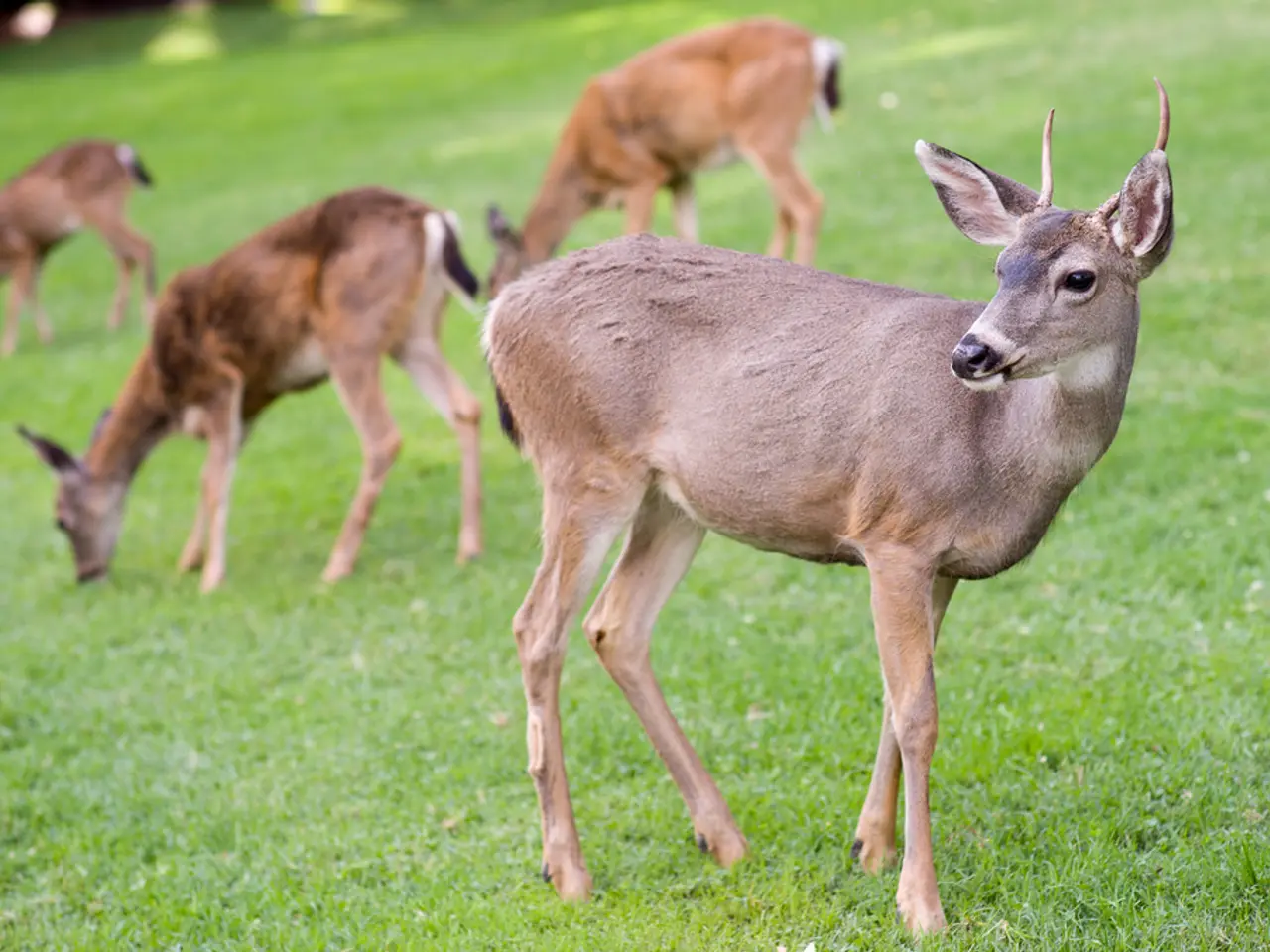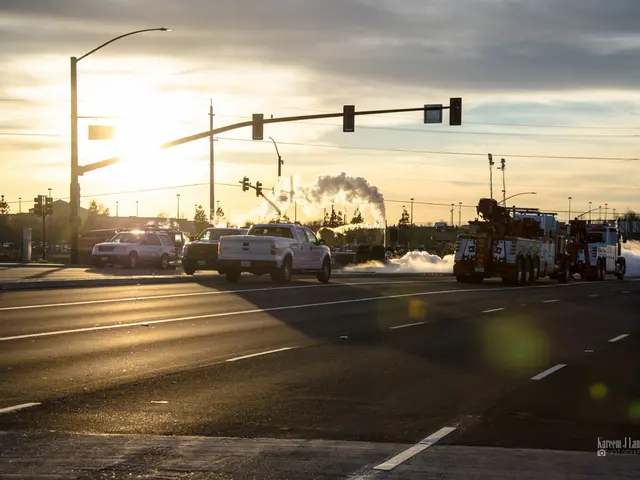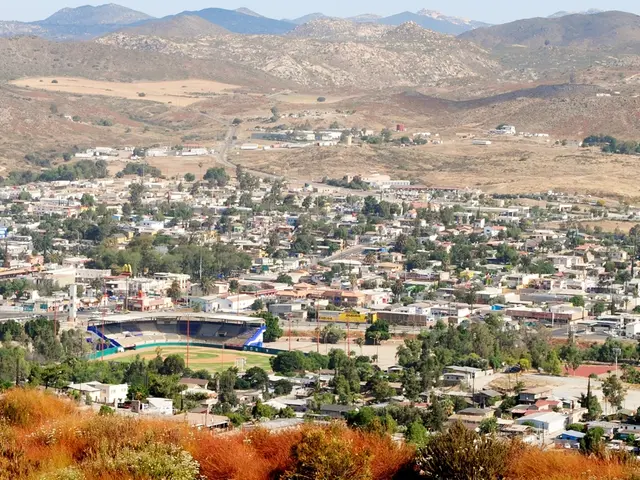Germany's Hunting Evolves: More Women, Changing Perceptions
In Germany, hunting is evolving with a growing number of women and a changing perception of what it means to be a hunter. Latest figures show a rise in exam takers and a shift in hunting practices.
Contrary to popular belief, not all nature conservationists need to carry a gun. Some hunters may not actively participate in the sport after obtaining their license or may do so in a different state than where they took their exam.
Germany hosts around 250,000 to 300,000 active hunters, with the number of license holders, currently 460,000, not reflecting this figure accurately. About 160,000 to 210,000 license holders rarely or never hunt. The number of examinees and passed exams, around 20,000 annually, has doubled in the last decade.
The face of German hunting is changing. Women are joining the ranks, with their average age decreasing from 36 to 33 years between 2011 and 2021. Hunting schools, however, often lose touch with their graduates post-exam, making it challenging to track active hunters.
Most hunters, about two-thirds, hunt with permission, on invitation, or as a dog handler. Only a third rent their own hunting ground. The inclusion of species like wolves and golden jackals in hunting policies, discussed by traditional groups like the Bayerische Jagdverband (BJV), does not necessarily reflect the views of new hobby hunters.
Germany's hunting landscape is dynamic, with a growing female presence and a rise in exam takers. However, the number of active hunters remains uncertain due to licensing discrepancies and a lack of post-exam tracking. The changing face of hunting raises questions about policy discussions and the need for updated data on active hunters.
Read also:
- Xiaomi's YU7 SUV Challenges Tesla's Dominance with Impressive Pre-orders and Features
- VinFast Partners with Castrol India for After-Sales Support in India
- Activist Wangchuk Sounds Alarm on Ladakh's Climate Crisis and Silenced Voices
- Railway line in Bavaria threatened by unstable slope - extensive construction site at risk







